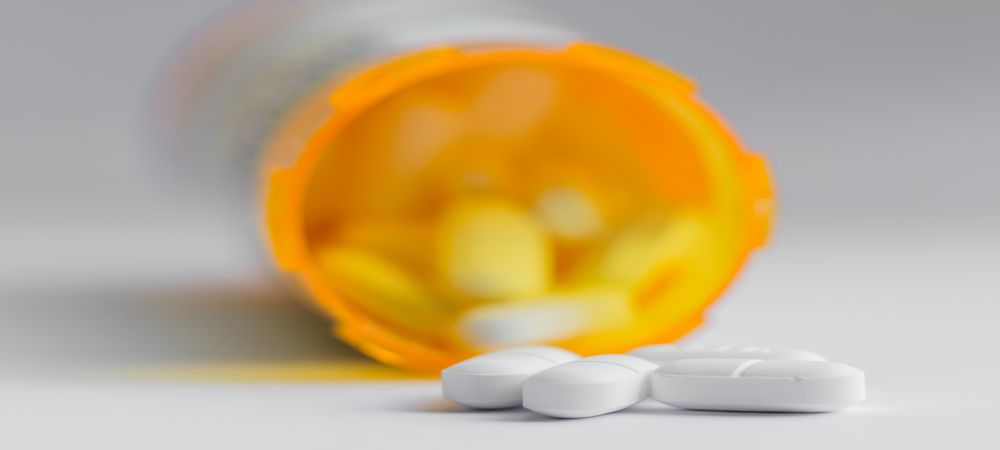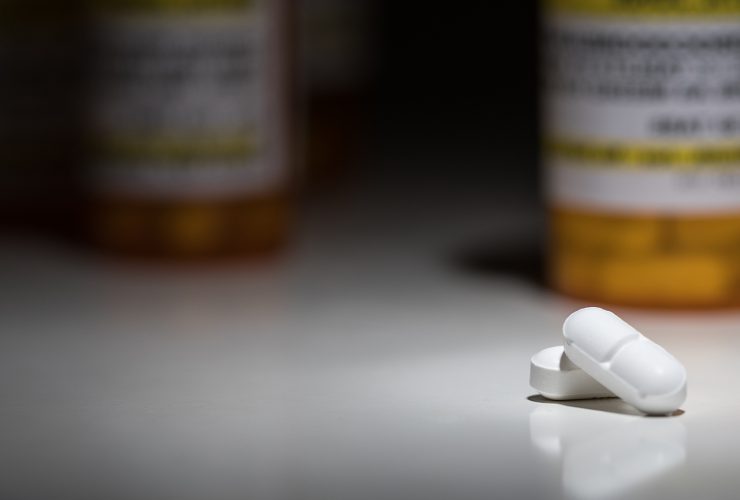What You Should Know About Quitting Opioids
In discussing what you should know about quitting opioids, we’ll start with an overview of the substance. Opioids are alkaloids synthesized from opiates in opioid poppy. With opiates, several opioid drugs like codeine, morphine and heroin are synthesized.
Opioids have pain-relieving properties, for this reason, doctors use opioids to relieve patients of pains. In 1980, a five-sentence publication was published in a prestigious medical journal, stating that opioids were addictive. The letter was widely misinterpreted hence the beginning of the first wave of opioid addiction.
Since then, there have been the second wave and the third wave of opioid addiction. With this increasing number, there have been more cases of people trying to quit opiate addiction. Most times, people do not know how to quit opioids, they assume all there is to quitting opioids is stopping the use.
Quitting its usage is the first step, but there are other important details you should know about quitting opioids. In this article, we shall discuss what you should expect during opioid addiction. From the withdrawal symptoms to expect to the tips to pull through, we’ll provide mini roadmaps to help you quit opioids.
What Happens When You Quit Opioids
When you take opioids, it exerts its effects on your brain causing the release of dopamine. WebMD defines dopamine as a hormone that helps to produce feelings of excitation in the body. This explains why opioid users feel excited after taking doses of the substance.
Dopamine is naturally produced in the brain by external stimuli. But when you take opioids, the substance initiates its production. With time, your brain begins to depend on opioids to produce dopamine and relegates the natural stimuli for production.
When this happens, your body is already dependent on the substance. This is commonly referred to as physical dependence. After this, you are already inclining towards opioid addiction. Before that, your body will require higher doses of opioids to produce the same effect. Here, we say your body has increased tolerance to the drug.
After tolerance to the drug, your whole body system is already dependent on the substance. So, you may need to regularly take the substance to function better. At this stage, you’re psychologically dependent on the substance. Then, we can say you’re an addict.
Because your body system works on opioids, any supply cut can cause your body to experience severe symptoms. We describe these symptoms as opioid withdrawal symptoms and they include:
- Sweating
- Anxiety
- Tiredness
- Stomach Ache
- Trouble sleeping
- Diarrhea
- Vomiting
Opioid Withdrawal Symptoms to Expect
There are several opioid drugs around that exert different effects on the body. Some effects are short-lived while others have long-term effects. Here, the type of opioid drug you formerly abused can affect your withdrawal symptoms.
Quitting opioids comes with a withdrawal period that can start from as early as 6 hours to 72 hours after your last usage. Some withdrawal effects can last for weeks or even months. For this reason, opioid withdrawal symptoms are grouped into two:
Early-stage withdrawal symptoms
Early-stage withdrawal symptoms can begin as early as 6 hours to 30 hours after the last dose. However, this is dependent on the type of substance that you are addicted to.
Early stages withdrawal symptoms include:
- Irritability.
- Muscle pain.
- Agitation.
- Dilated pupils.
- Chills or goosebumps.
- Running nose.
- Sleeping difficulty.
Later stage withdrawal symptoms
Later stage symptoms begin from 72 hours after usage to ten days or more. During this period, you may experience severe symptoms like hallucination and increased breathing. The symptoms of later-stage opioid withdrawal include:
- Stomach ache.
- Vomiting.
- Nausea.
- Diarrhea.
- Slowed heart rate.
- Profuse sweating.
- Reduced metabolic activities.
However, it is important to know that other factors can affect these withdrawal symptoms. Commonly, these factors are:
- The severity of your addiction: For people with only 1-2 years of opioid addiction, they may not experience symptoms as intense as quitting say 5 years of opioid addiction.
- How often you used opiate: Opiate addiction is a gradual process. So, if your opioid dosage was intermittent, your symptoms will differ from someone who engaged in constant abuse.
- The type of opiate used: Heroin withdrawal symptoms can begin as early as 8 to 24 hours while methadone can begin from 36 hours.
Related Article: When to Intervene to Help a Loved One Get Off Opioids
How To Successfully Quit Opioids Addiction
There are several safe ways to quit opioid addiction without having to cut your supply abruptly.
Enrol for addiction treatment programs
There are different types of opioid addiction treatment programs depending on your type of addiction. The most common is the in-patient program
In-patient addiction treatment program
In-patient programs have proven to be the most effective when it comes to opioid addiction recovery. What happens during in-patient rehab is you will receive treatment and will be under close supervision.
Different people experience different withdrawal symptoms, some can be mild and others can be life-threatening. To better manage them, you will remain under close supervision while getting medication for your symptoms.
Not only that, in-patient programs help you to identify your opioid abuse triggers and build skills to prevent them. To achieve this, addicts pass through some mind-building sessions like yoga and meditation.
A typical day in rehab can be stressful for first-timers, but with time, you will get used to it. In-patient rehabs have structures in places that allow you to adopt new habits. Some people learn to write journals at the rehab, others dance instead. Whichever the case may be, they help you to take your mind off opioid usage and focus it on productive things.
Out-patient program
Out-patient programs are best for people who still need to work to sponsor themselves. Here, you receive treatments at specific times while still keeping up with your normal daily routine. For people that do not have severe addiction issues, out-patient opioid rehab is a good fit.
Medical Detox
When undergoing treatment, the first procedure is medical detox. Medical detox is the removal of opioids from your body. Most people experience withdrawal symptoms during medical detox, hence a need for professional supervision.
Medication
Medication-assisted therapy also helps with opioid addiction treatment. For some people, cutting supply immediately can cause life-threatening problems. So, experts will take you through a treatment program that gradually reduces your dosage. This is commonly referred to as tapering.
Also, there are medications to shorten your withdrawal period depending on the type of opioid addiction. Commonly used drugs to treat opioid addiction include:
- Naloxone to treat heroin overdose.
- Buprenorphine to reduce withdrawal symptoms. It is commonly used with naloxone.
- Clonidine hydrochloride.
- Naltrexone to prevent further relapses.
Now you know what to expect when you want to quit opioid addiction. Also, you know methods that help manage your withdrawal process safely. Here are a few benefits of quitting opioid addiction.
- You reduce the risk of overdose and death.
- Increased mental health.
- Reduced risk of medical complications such as infections and diseases.
- You greatly avoid the risk of activities like stealing and unprotected sex. In the long run, you avoid going to jail.
- Improved relationships with friends, colleagues and families.
- Better finances as you no longer waste money on drugs.
Related Article: What Should You Look For in an Opioid Addiction Center?
Seeking Help
A key thing you should know about quitting opioid addiction is how opioid addiction works. It starts gradually, most times as medication from a doctor, then addiction and dependence that comes with constant abuse.
Often, we do not advise patients to quit opiates on their own. There are safe ways to quit opioid addiction. The symptoms of opioid withdrawal can be very severe and life-threatening.
They can range from mild symptoms like vomiting to severe ones like difficulties breathing. It is important to know that withdrawal symptoms vary from person to person depending on the substance of addiction. Consequently, days for addiction treatment differ from person to person.
Generally, opioid addiction treatment services take 30 days to 90 days with several methods of treatment. You must know that you do not pick how your opioid rehab goes. This is the job of addiction treatment counselling.
Finally, do not underestimate the significance of having professionals around when quitting opioid addiction. It is why we advise you to go to a reputable rehab for the best recovery and treatment.
Here at Inspire Change Wellness Addiction Treatment Center, our addiction recovery team can design an opioid treatment plan for you. Contact us today to learn more!




